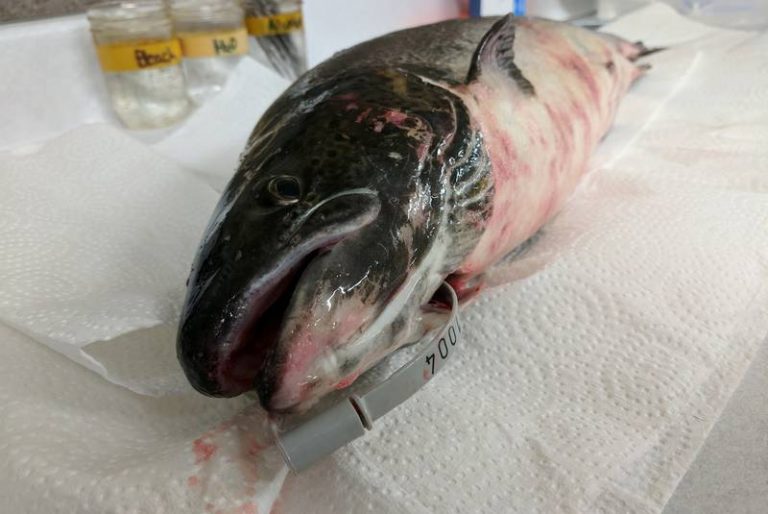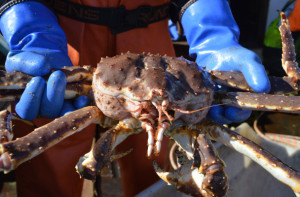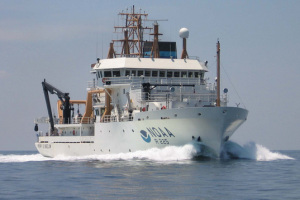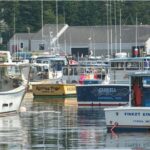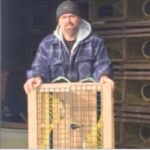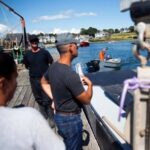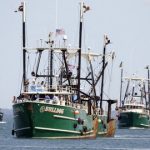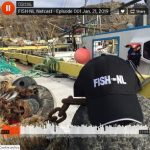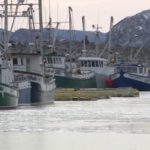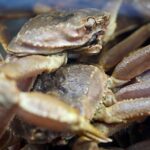Days of chopping off fishing boats over; DFO to increase maximum inshore vessel length to 49’11
 Seaward Enterprises Association of Newfoundland and Labrador (SEA-NL) welcomes a decision by Fisheries and Oceans Canada to increase the maximum length of inshore fishing vessels in the province’s inshore fleet to 49’11, bringing them in line with the Maritimes.
Seaward Enterprises Association of Newfoundland and Labrador (SEA-NL) welcomes a decision by Fisheries and Oceans Canada to increase the maximum length of inshore fishing vessels in the province’s inshore fleet to 49’11, bringing them in line with the Maritimes.
“The days of chopping off boats are over. This is a massive victory for inshore harvesters in what is now the under 40’ fleet,” says Jason Sullivan, President of SEA-NL, and Bay Bulls-based inshore owner-operator.
“We have fought DFO in this province and the FFAW for years to be treated the same as the rest of Atlantic Canada in terms of vessel length, and today we finally have a victory that puts the safety and lives of inshore harvesters first.”
The news was announced this morning by Avalon MP Ken McDonald, chair of the House of Commons Standing Committee on Fisheries and Oceans, who, along with SEA-NL and FISH-NL before it, fought for years to change the vessel-length policy. He said the policy change will take effect in early 2023.
Earlier this year DFO held a string of virtual outreach meetings around the province to hear directly from inshore harvesters about issues impacting their fleets, with the question of fishing-vessel length front and centre on the agenda.
The vast majority of owner-operators spoke in favour of extending the maximum length of inshore boats to 49’11 from 39’11 to fall in line with inshore fleets in the rest of Atlantic Canada. Vessel lengths range from less than 50’ in DFO’s Maritime and Quebec regions to less than 45’ in the Gulf region.
Owner-operators in this province who purchase used, over 40’ fishing vessels from elsewhere in Atlantic Canada have been forced to cut them in length at huge expense, often giving the vessels an “ugly” snub-nose appearance, and making them square to the water. The practice doesn’t impact a vessel’s carrying capacity, and often raises stability questions.
Owner-operators said their No. 1 reason for wanting the change is safety at sea in light of changing climatic conditions.
“This is all about safety, and increasing vessel length will ensure that harvesters are safer on the water,” said Merv Wiseman, an outspoken advocate for fishing-vessel safety and member of SEA-NL’s executive board.
“We know the FFAW will be disappointed with the decision since they worked for decades to prevent it from happening.”
Restricting inshore boats to less than 40’ also didn’t make sense in that while DFO regulates vessel length, the department doesn’t regulate vessel width — and vessels that were built 16-feet wide in the early 1990s are built up to 28-feet wide today. Newer under 40′ vessels today have greater capacity than older 65 footers.
Contact Ryan Cleary: 682 4862

































